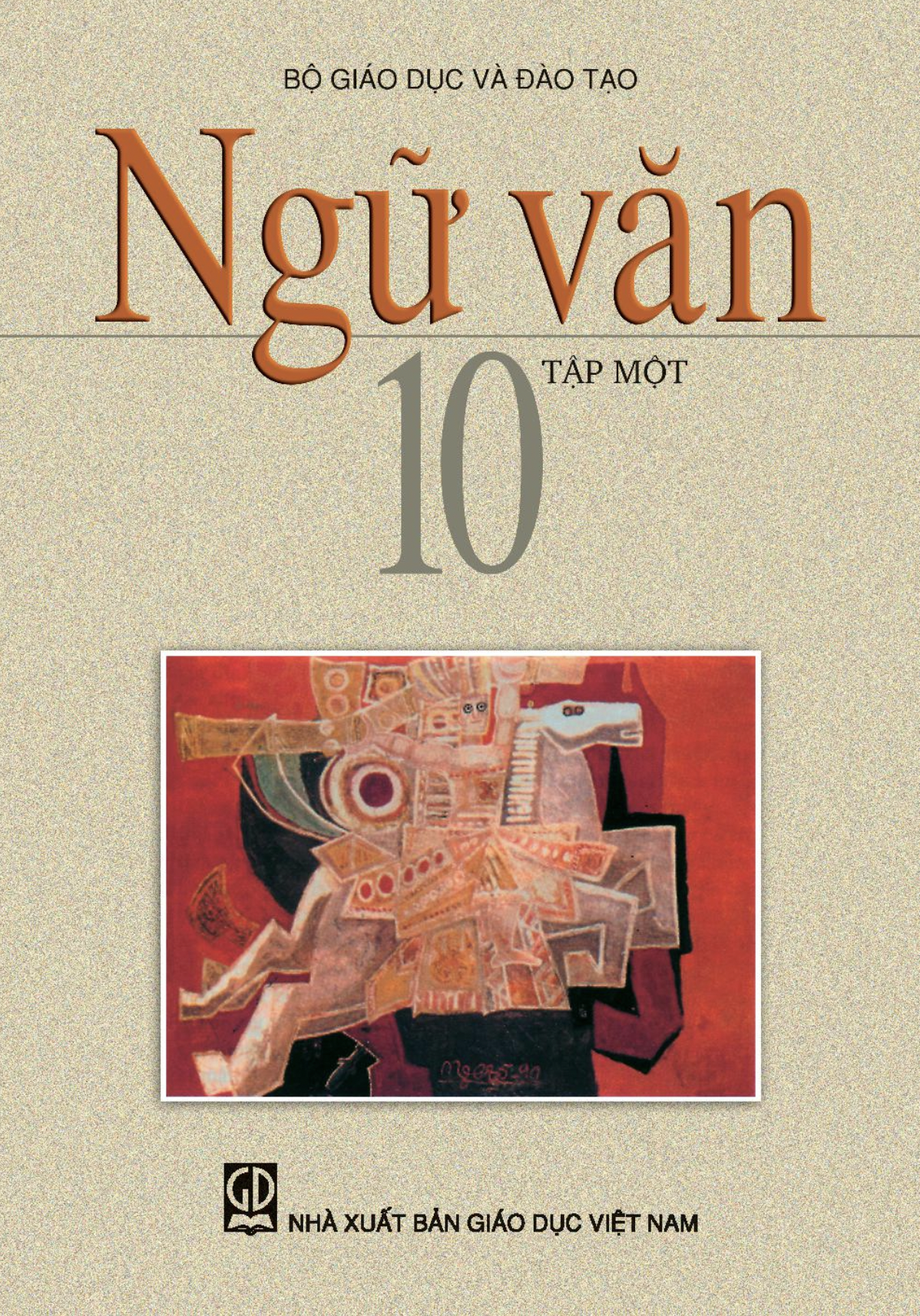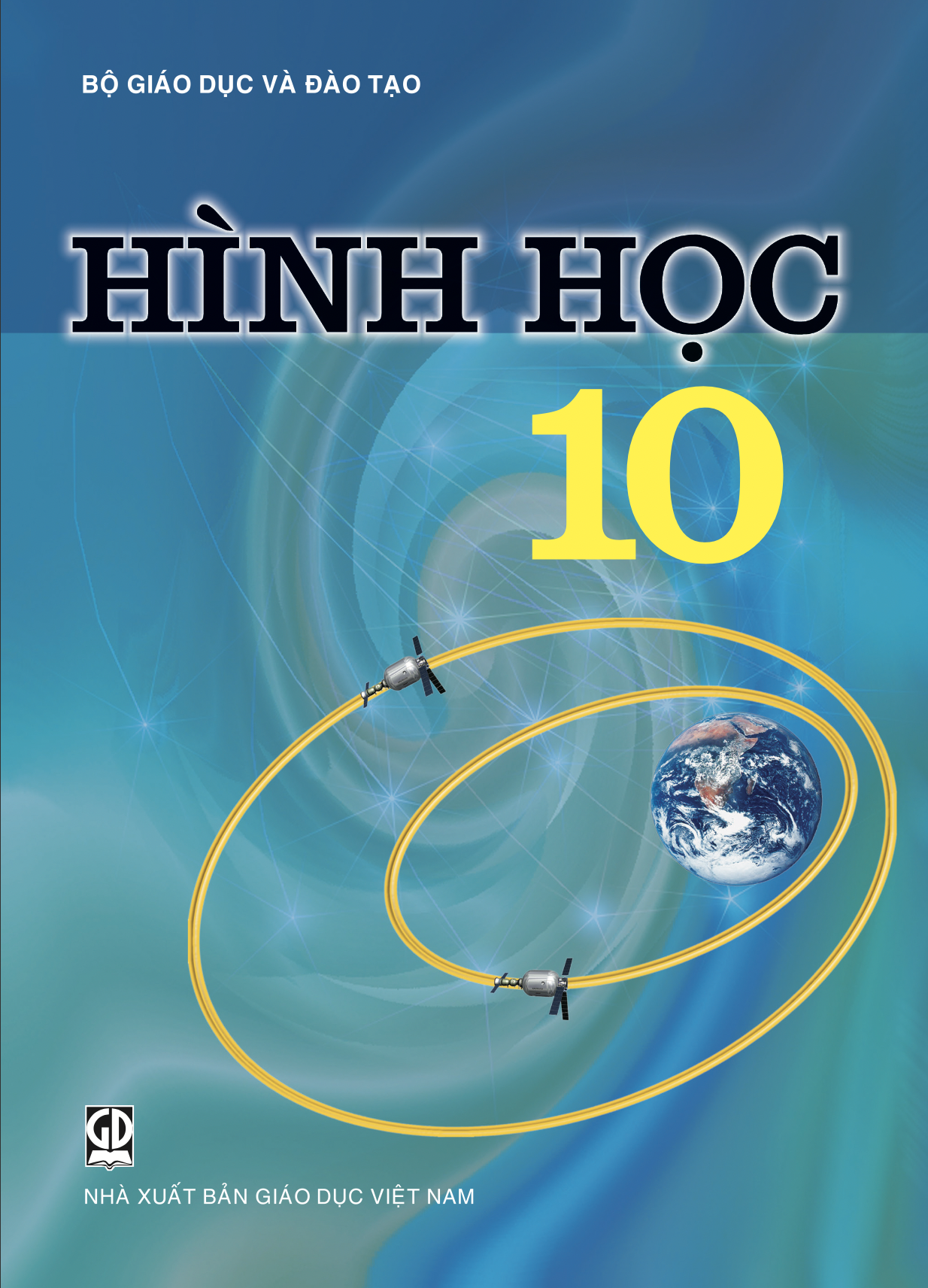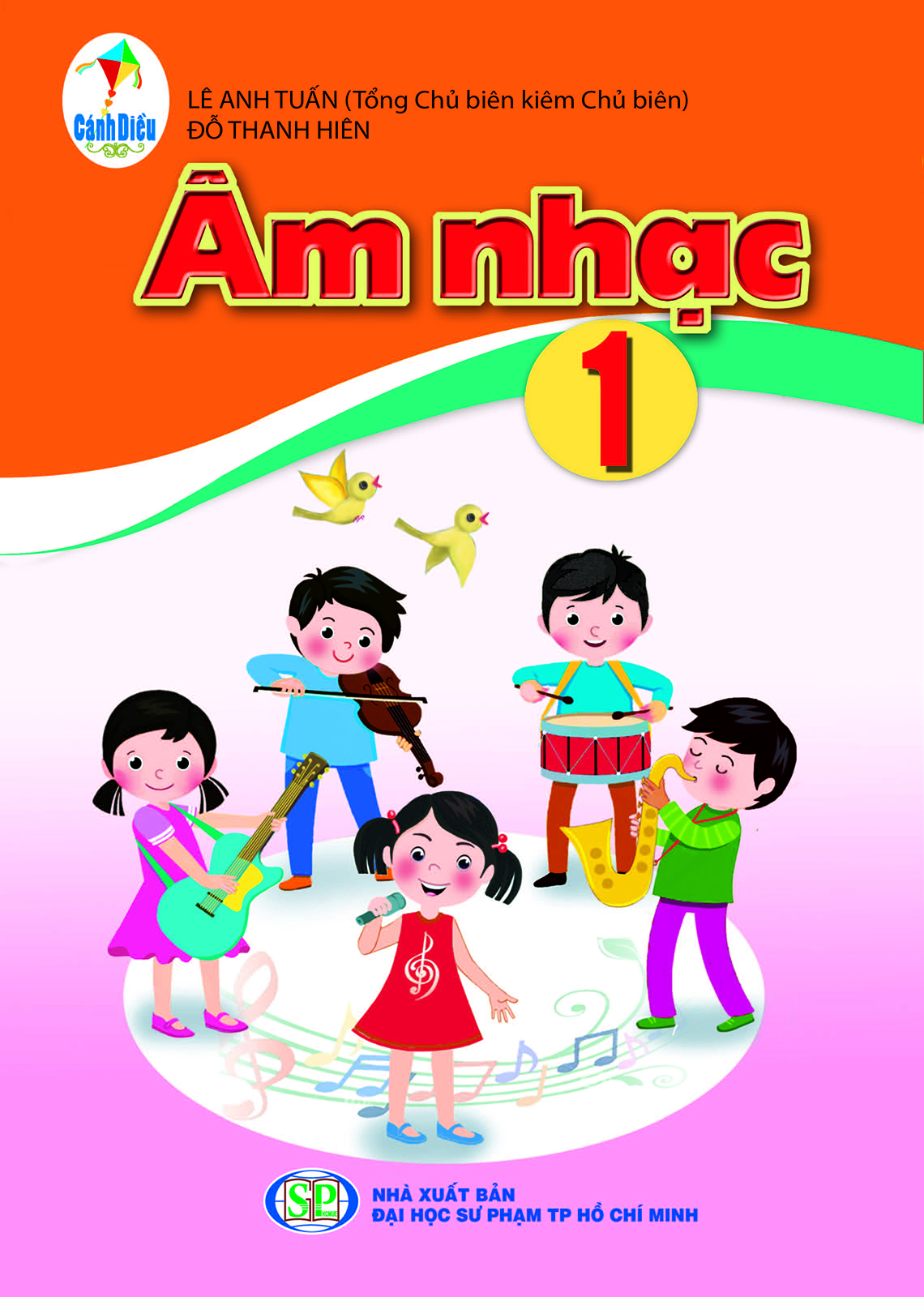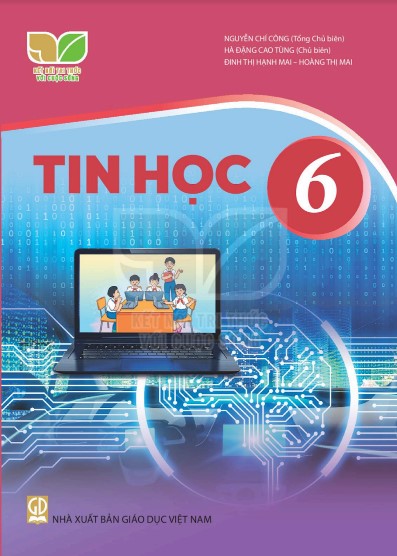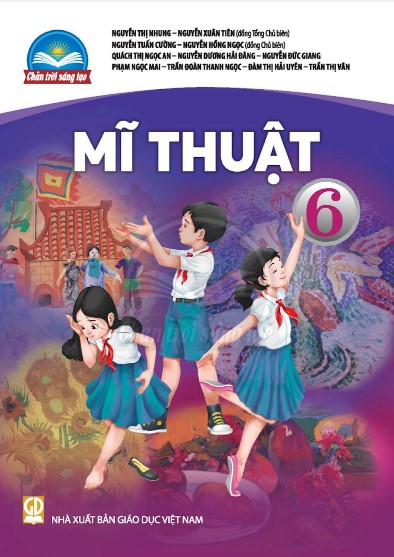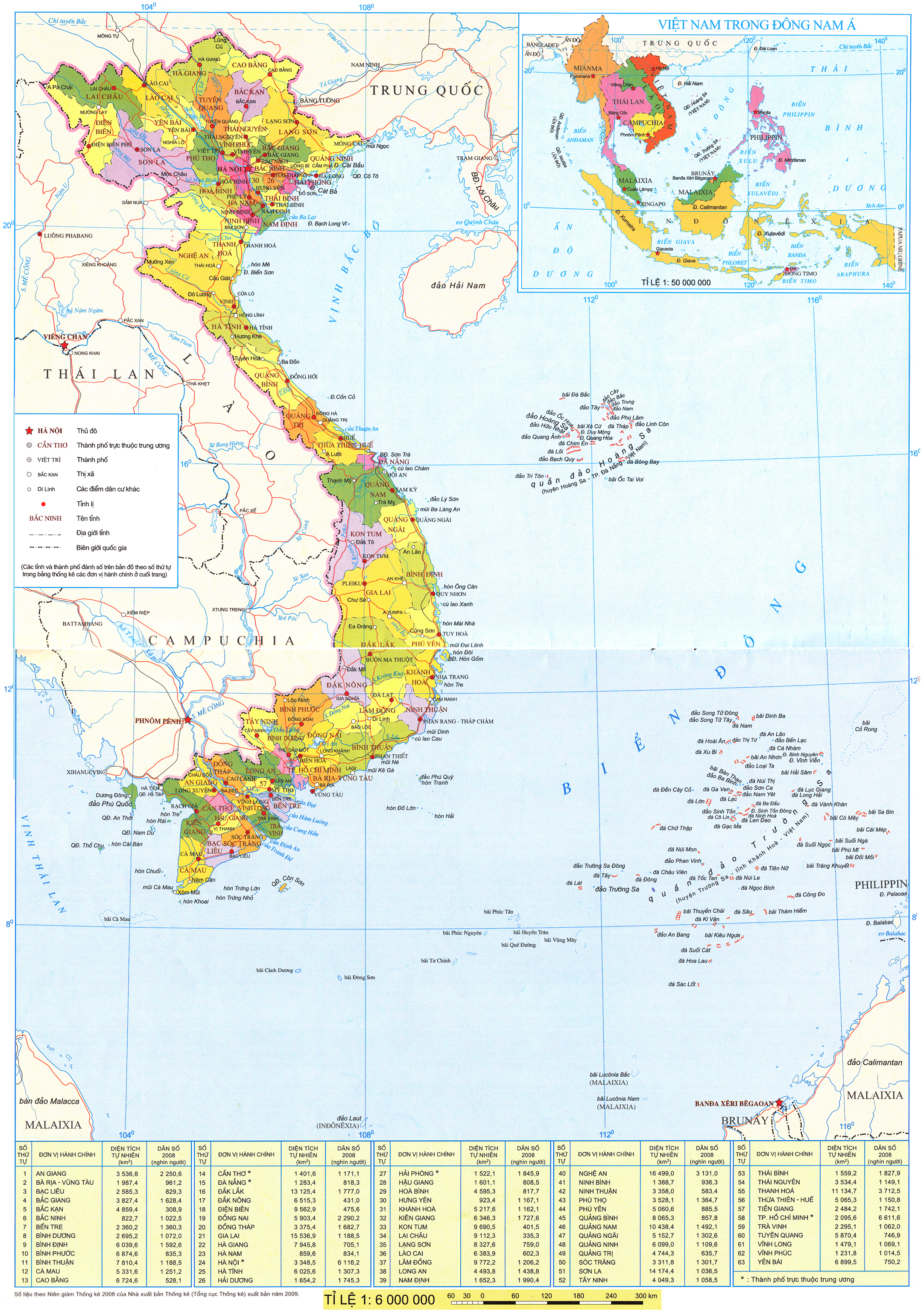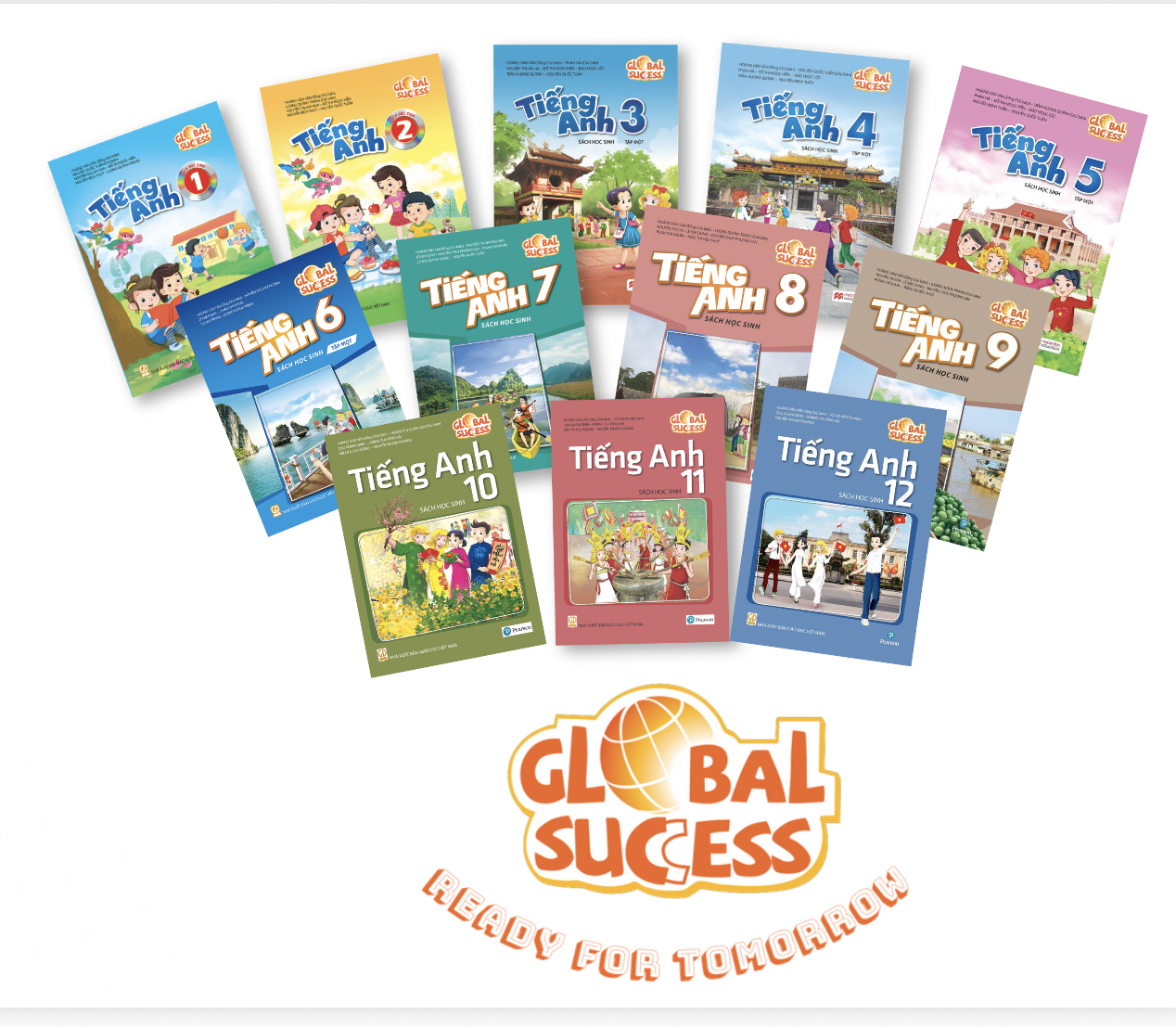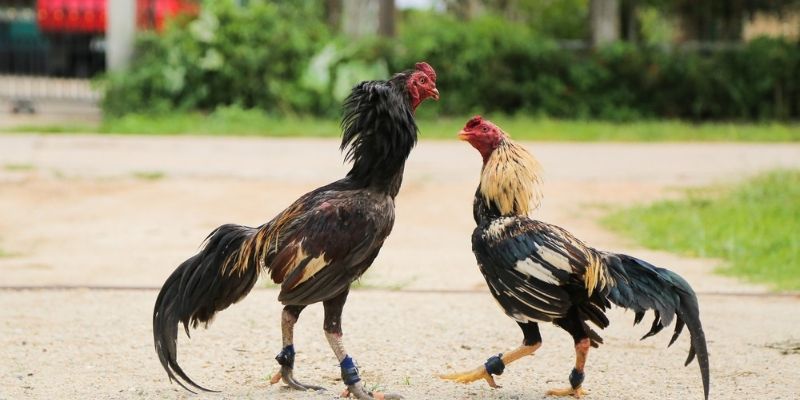(Page 49)
VII. COMMUNICATION AND CULTURE / CLIL
Everyday English
Expressing feelings
1. Listen and complete the conversation with the words from the box. Then practise it in pairs.
A. excited
C. cheerful
B. worried
D. confused
Nam: Hi Lan! You look very (1)_____ today! I heard you went on a volunteer trip to the mountains. How was it?
Lan: Great! I'm so happy and relaxed now though at first I was (2) _____. I didn't understand the purpose of the trip. I knew nothing about the place, so I also felt a little bit (3) _____.
Nam: Oh, did you go there with other members of the volunteer club? Was everything OK?
Lan: Yes, we went as a team. The local people were so friendly and helpful. Now we are preparing for our next volunteer trip in the summer. I'm so (4) _____ about it.
2. Imagine you are back from a volunteer trip. Work in pairs. Take on a role and act out a conversation like the one in 1. Use the expressions below to help you.
| Useful expressions |
| I feel / felt / am / was excited / confused/ confident/ pleased... |
| To be honest, I'm / I was a little bit stressed/disappointed/upset... |
| Volunteering / Helping people made me feel happy / grateful / appreciated... |
Culture
1. Read the text below and complete the diagram (page 50) about Save the Children.
Save the Children is an international non-governmental organisation that helps improve children's lives. It was set up in the United Kingdom in 1919, and now it is working in 120 countries around the world.
Save the Children started its work in Viet Nam in 1990. It provides practical support in different areas. One of the areas that the organisation particularly focuses on is education. It has organised different training courses to help teachers improve their teaching skills and use digital technology in their classrooms. It is also working on projects that create more opportunities for children in remote areas to go to school. By providing these children with books and other school materials, Save the Children makes sure they have access to learning. In addition, the organisation offers training on life-saving skills for both teachers and students in case of disasters. Children and households in need can also receive support from Save the Children.
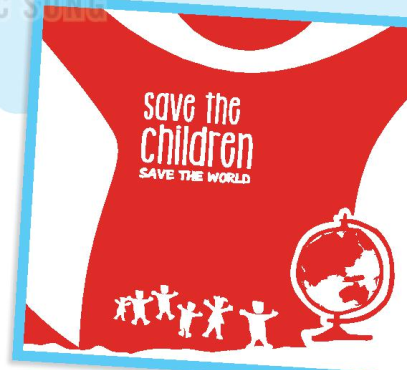
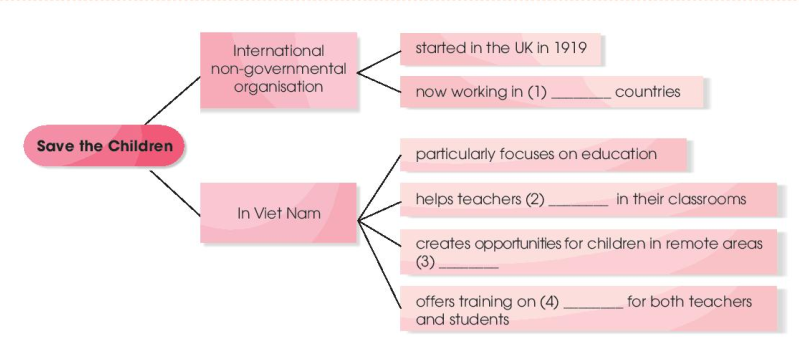
Save the Children
- International non-governmental organisation
• started in the UK in 1919
• now working in (1) _____ countries
- In Viet Nam
• particularly focuses on education
• helps teachers (2) _____ in their classrooms
• creates opportunities for children in remote areas (3) _____
• offers training on (4) _____ for both teachers and students
2. Work in groups. Use the diagram to talk about Save the Children.
